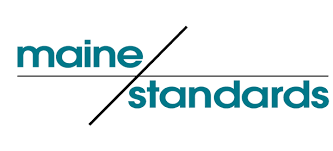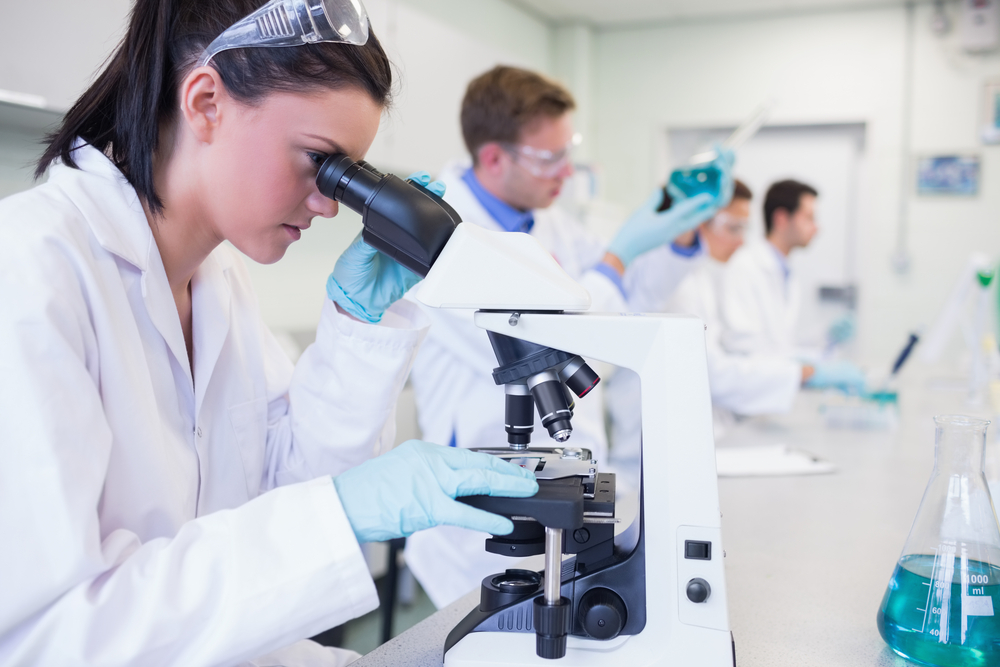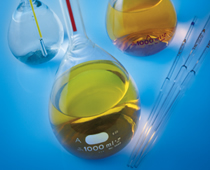Quality specifications are vital to laboratory operations. Without them, you can’t determine if your control procedures are appropriate and whether patient results are being recorded accurately.
The specifications are usually defined in terms of total allowable error limits (TEa). They state the measurement error requirements that must be met for a test system to be considered accurate in returning patient results. If the absolute difference between the reported value and actual value exceeds the established TEa, you know the patient result is unreliable.
Laboratories are allowed to establish their own requirements. The laboratory director is ultimately responsible for defining and documenting the reasoning for the quality limits. As James O. Westgard notes in his article, Calibration Verification: Defining Criteria for Acceptable Performance, “Truth be told, the laboratory is free to do whatever it wants! However, it is required that the laboratory director or clinical consultant sign-off on whatever limits are set."
Setting those specifications can seem like a challenge—but it doesn’t have to be.
An established hierarchy
At a 1999 conference in Stockholm Sweden, the International Federation of Clinical Chemistry and Laboratory Medicine (IFCC), World Health Organization (WHO) and the International Union of Pure Applied Chemistry (IUPAC) developed a quality specifications hierarchy.
- First, specific clinical situations (assessing how analytical performance affects specific clinical decisions)
- Second, general clinical situations (biological variation of an analyte compared to how large imprecision and bias can be)
- Third, professional recommendations (published total allowable errors for specific sets of analytes)
- Fourth, regulation and external quality assessment (mandated performance goals set by regulation, like CLIA’88 or other published industry-accepted limits)
- Fifth, state of the art (specifications might be the median coefficient of variation from a group of laboratories, proficiency testing programs or inter-laboratory consensus program)
Additional sources to help you set TEa limits:
- CLIA: Clinical Laboratory Improvement Act of 1988
- WLSH: Wisconsin State Laboratory of Hygiene
- NYS: Wadsworth Center of the New York State Department of Health
- CAP: College of American Pathologists
- BV: 2004 update of the Spanish Society of Clinical Chemistry and Molecular Pathology (SEQC) table of Desirable Quality Specifications based on Biological Variation.
- AAB: American Association of Bioanalysts
- RCPA: The Royal College of Pathologists of Australasia and the Australasian Clinical Biochemist association Quality Assurance Program
- CFX: Canadian Fixed limits from the College of Physicians and Surgeons of Saskatchewan
Download our white paper Total Allowable Error (TEa): Where to Start When Setting Quality Specifications for more details. It includes information about establishing Allowable Deviation from Linearity (ADL) limits and examples of TEa using published information, clinical situations and state-of-the-art data.
We're here to support your quality programs
Setting and verifying quality specifications are necessary activities for clinical laboratories, but they don't have to be difficult. Our specialists and products can make it easy to navigate the various VALIDATE® products we offer and our MSDRx® data reduction software, available at no charge, provides real-time data analysis. Laboratories may choose to send their data to LGC Clinical Diagnostics, where a technical specialist will complete the data analysis and provide a report within five business days. Peer group comparison is also available upon request.
To learn more, speak with a representative today by calling 1-800-377-9684.
Karen Griffin MT(ASCP) is a Technical Product Manager at LGC Clinical Diagnostics.







